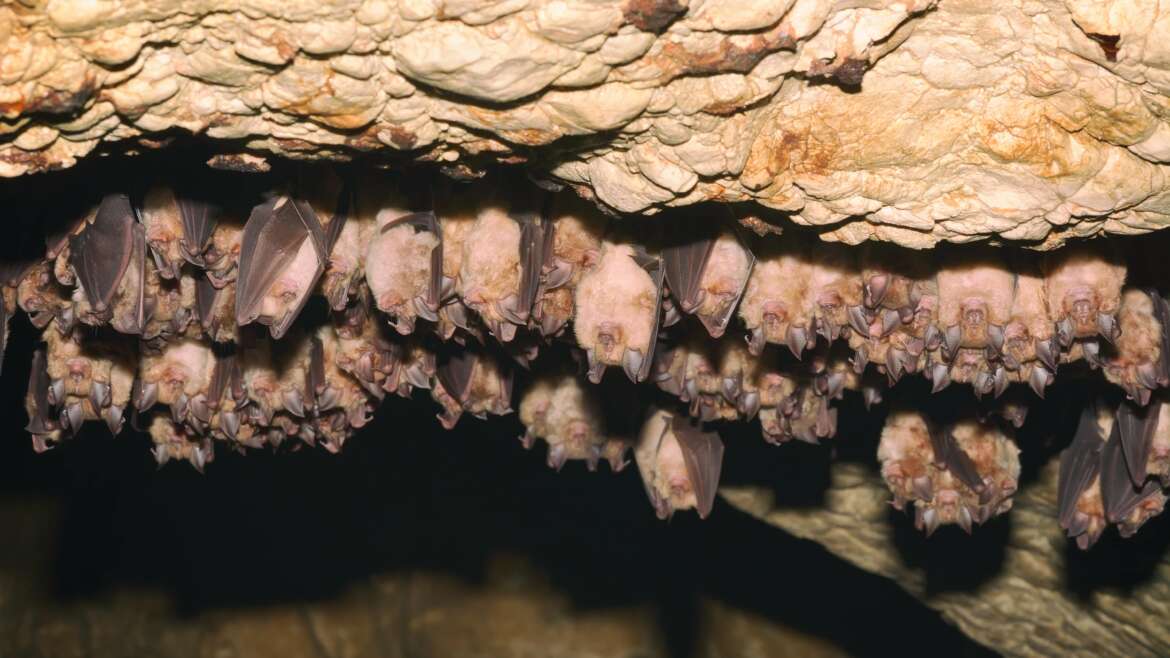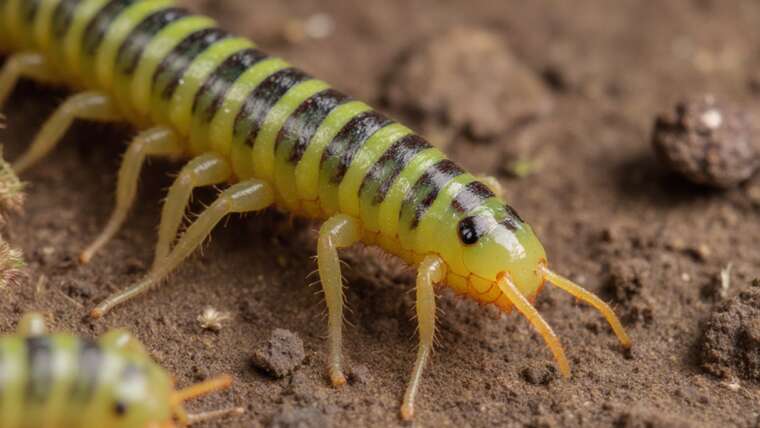How Do Bats Sleep Upside Down?
Introduction
For humans, hanging upside down can quickly become uncomfortable as blood rushes to our heads. However, one species’ discomfort is another’s contentment. If you’ve ever seen a bat suspended in midair, you may wonder, “How do bats sleep like that?” Contrary to what one might think, this is actually their most relaxed position.
Bats, like some people who prefer sleeping on their side or back, find comfort in hanging upside down while securely holding on with their claws. Being compact in size allows their hearts to effectively circulate blood even in this inverted position. Unlike humans, who must exert muscle energy to maintain a grip, bats benefit from unique anatomical adaptations. Their claws rely on special tendons that keep their toes and claws stationary; they simply need to relax to maintain their hold. Gravity and their body weight lock them into place, making it easy for them to rest.
Tip: You might be surprised to learn that bats exhibit a range of sleeping positions beyond just hanging. Observing these creatures in their natural habitat can reveal fascinating variations in their resting postures!
Quick Launch for Flight
Bats also enjoy a significant advantage by hanging upside down. In this position, they’re ready for a quick flight takeoff in potentially dangerous situations or when food sources appear. Unlike birds, which can take off straight up into the air, most bats require a different approach due to their anatomy. They typically need to drop two to three feet to gain sufficient lift for flight.
While their wings may not generate enough lift for immediate ascent from the ground, bats have remarkable maneuverability compared to birds. Ongoing studies are exploring the complexities of bat wing shapes and flight dynamics—additional research in this field could unravel even more about their unique flying capabilities.
Tip: Bat flight is not just about taking off; their agility in the air makes them exceptional hunters. Many bats can locate their prey using echolocation, allowing them to navigate and catch insects with incredible precision—even in complete darkness!
How Long Do Bats Sleep?
Bats are primarily nocturnal, meaning that they are active during the night and rest during the day. As the sun sets, they emerge from their roosts to hunt for food, often returning to rest and socialize. During daylight hours, sleeping while suspended upside down is typical; they also engage in grooming and social interaction with other colony members.
Interestingly, bats can maintain this upside-down posture for extended periods, even during hibernation and after death. Some species can hibernate for five to six months, surviving off a small reserve of stored body fat, beautifully illustrating their remarkable adaptations to extreme conditions.
Tip: Observing bats as they prepare for sleep can be a captivating experience. They often engage in circular flights around their roosts before settling down, effectively establishing a routine that’s as fascinating as it is functional.
Where Do Bats Sleep?
Bats seek out roosts in various locations—tree hollows, caves, and even human structures—providing essential shelter from predators and harsh weather. As social animals, they often reside in colonies ranging from dozens to several thousand individuals. Urban expansion has pushed many bat species to adapt; they now seek refuge in buildings, attics, abandoned mines, and sheds. It’s not unusual to find bats nesting in chimneys or attics where they can remain hidden from sight.
For homeowners, it’s crucial to take steps to avoid unwanted bat visits. Bat-proofing your home involves sealing gaps, cracks, or crevices, and repairing any broken windows or screens. Significantly, bats can fit through spaces as small as half an inch, making thorough inspections vital.
If you do encounter bats in your home, it is essential to avoid attempting removal yourself. Most bat species are federally protected, and there are state regulations regarding removal practices. By consulting a professional pest control technician, you not only protect these vital creatures but also ensure the safety of your home.
Tip: If you are considering bat-proofing your home, conduct your inspections during late afternoon or early evening when bats are most active. This will help you identify potential entry points by seeing where bats are entering or exiting your home.
In summary, understanding the unique adaptations that allow bats to thrive can not only enhance your appreciation for these creatures but can also provide insight into the ecological roles they play in our environment. So, whether you’re curious about their sleeping habits or simply looking to bat-proof your home, knowledge is key!




